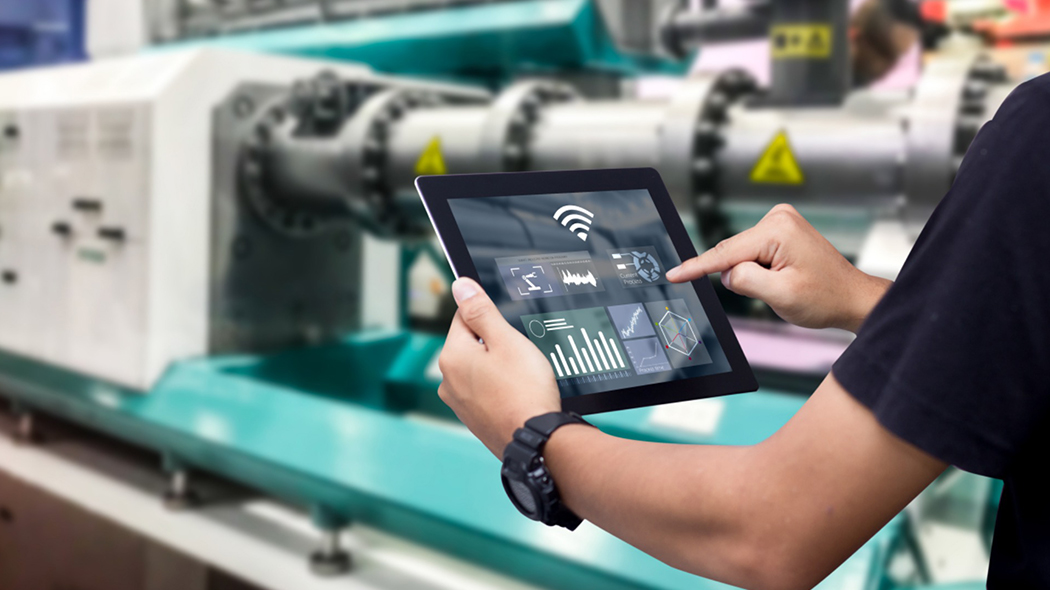Debunking 5 common IoT myths
12.05.2020 by Ümit Günes

IoT is only good for connecting coffee machines or refrigerators to the Internet and it makes devices vulnerable to cyber-attacks – these are just two of several widespread misconceptions about the Internet of Things.
Some myths about the Internet of Things (IoT) have persisted for years. But that hasn’t stopped half of the companies in Germany from already implementing an IoT project. And it turns out that not all perceived wisdom about the technology and its application is always valid. Here are five of the most common IoT misconceptions:




